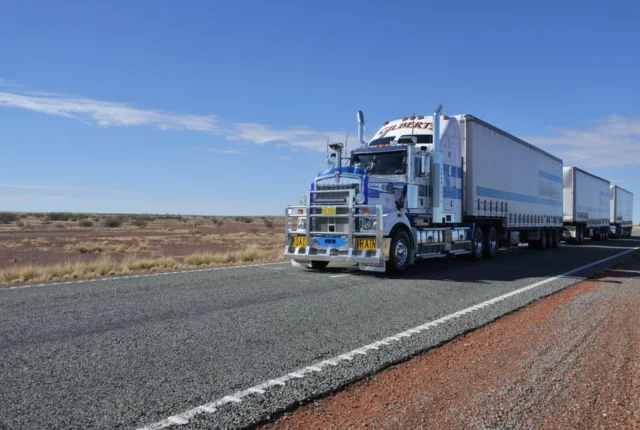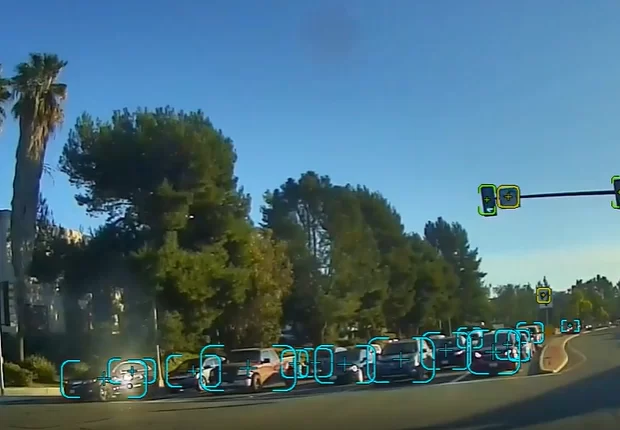
Using Telematics to reduce Rolling Stops
The rolling stop. We all have been there. Maybe it was when you were running late, or its just a routine stop sign that you just know gets zero traffic. The California roll is a common term for a reason.
Although common, and seemingly safe, rolling stops are quite dangerous and not only put the driver at harm, but many others as well. The U.S. Department of Transportation Federal Highway Administration cites that approximately 50% of all traffic injuries are attributed to intersections. Considering that there are 4.4 million traffic injuries each year in the United States, that means over 2 million traffic incidents are intersection related. Likewise, in a study conducted by the National Highway Traffic Safety Administration (NHTSA), 787,236 intersection related accidents were studied and they found that 96% of the accidents were driver caused. Of those driver caused accidents, 29% were caused by decision errors including illegal movements (such as rolling stops), speeding, reckless driving, and false assumptions of other’s actions. As one can see, rolling stops factor for a significant amount of traffic injuries and fatalities each year.
On top of risking safety and causing injuries, rolling stops have other consequences too. Since it is a traffic violation, costly tickets—reaching to up to $500 in certain states—are a result of getting caught rolling through a stop sign. Likewise, drivers can receive points on their licenses and have to attend traffic school to remove them. From a fleet management standpoint, not only do rolling stops heavily impede on fleet safety, but they also can be very costly.
Rolling Stop Definition
Before exploring rolling stops further, a true definition is needed. A rolling stop is defined as a vehicle failing to come to a complete stop—that is all 4 wheels ceasing movement—at either a stop sign or a right turn permitted red light. Rolling stops are a violation of the traffic laws. They are caused by many different factors, all of which can be trained and prevented with the right program. This is essential for fleet operations as they can not only be costly, but also unsafe.
Rolling Stop Causes for Fleet Drivers
Distractions
One of the main causes for rolling stops are distractions to the driver. As detailed in our Distracted Driving post, it is very dangerous and leads to many accidents annually. These distractions can range from phone usage and texting to mind wandering/daydreaming. In all, distractions can be both physical and mental, and make it very easy to roll through a stray stop sign on a route someone has traveled hundreds of times.
Deadlines
Fleet drivers operate under very tight schedules. And to make matters worse, those tight deadlines are even tighter with all the variability of the road such as unexpected traffic, collisions, and vehicle malfunctions. So, with this very tight window to complete routes, drivers look to save as much time as possible. Even everyday drivers do this as well. I know I am always looking for ways to optimize my routes and take any shortcuts possible so that I can make it to my destination on time. Because of this, a rolling stop every so often seems appealing because it will save some time that drivers are always trying to find.
Bad Driving Habits
Have certain bad driving habits also factors into rolling stops. We all have different bad driving habits, and some of those might be rolling through stop signs. Fortunately, this is very correctible through proper training.
Fatigue
How Telematics can Help
By utilizing the right telematics solutions, fleet managers can ensure that rolling stops are minimized. When looking at the different causes of rolling stops, we notice that they all are correctible through proper training and attentive driving. But more than that, telematics solutions offer unique tools for fleet managers to verify their driver’s practices. First and foremost, by utilizing Positioning Universal’s AI Fleet Camera Solution, coupled with the FT7500 gateway solution, fleet managers will actually be notified of rolling stops and provided video of the event. This video provides footage of both the road and the cabin, allowing for fleet managers to see what the driver is doing during the event. Now managers can identify if the problem is related to distractions, fatigue, other reasons just by viewing the video. In this example we can see how the driver was not distracted, but rather rolled through the stop sign because he did not see any oncoming traffic.
On top of that, having the ability to track how often rolling stops occur allows for better prioritization during training. If fleets have a high number, group trainings can be conducted to correct behavior, whereas if only a few drivers commit the violation, more private conversations can be held. By unlocking this information, managers have a much better picture into the practices of their drivers, and now have the ability to fully optimize fleet operations. Not only does this technology allow for faster operations and reduced costs, but most importantly it illuminates potential issues that can end up saving lives.





